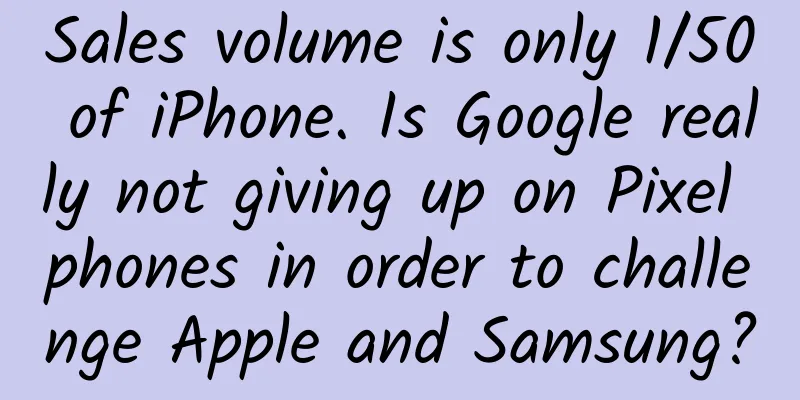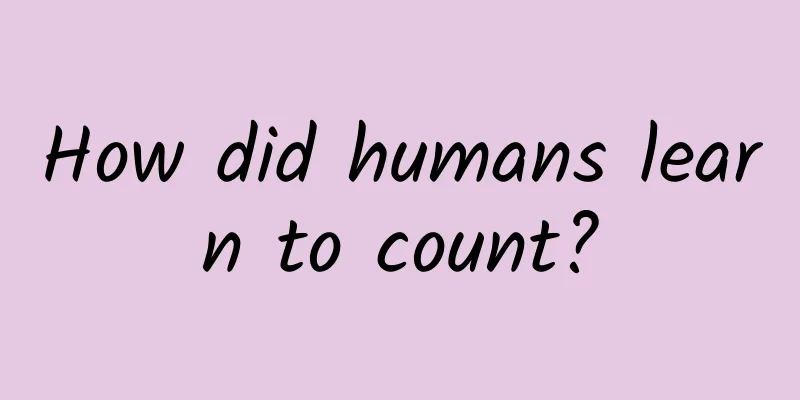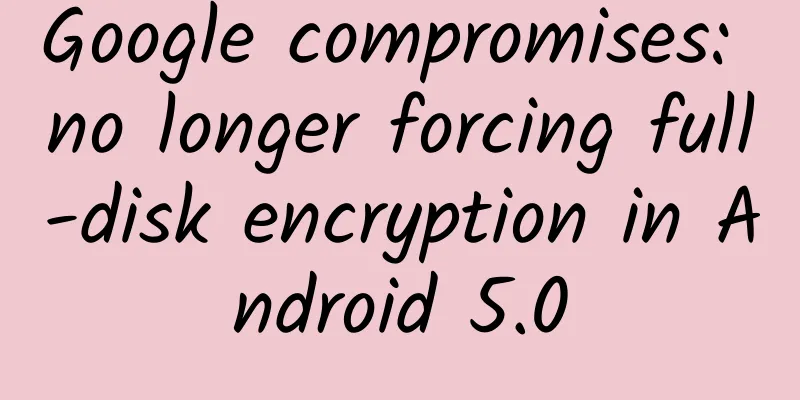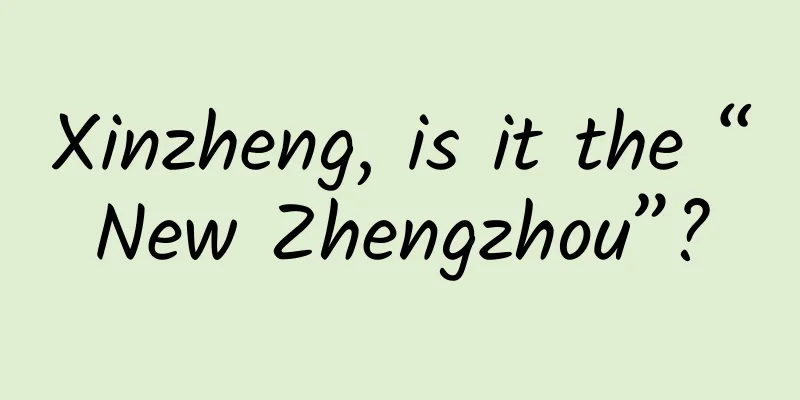Android Development Universal Rounded Corner ImageView

|
About the Author Hello everyone, a new week has begun! This article is contributed by Ma Yunfei, sharing how to achieve rounded corners of images. I hope it can help friends in need. Ma Yunfei's blog address: http://blog.csdn.net/sw950729 text I have nothing to do in the past month or two, so I started to package some things. Yesterday, my boss asked me to help him make a rounded corner picture. The idea is naturally different from the demo on the Internet. The effect of the online demo: It should be like this, but there are some problems. For example, your image itself has rounded corners? Or the image is too large and you want to reduce the display, but the display content is incomplete? The effect I want to achieve is this: The picture is ugly, sorry. What this means is to use the minimum value of its width and height to make rounded corners for the width of the square. Of course, a rectangle can also be used, because I have tried it and there is no problem. You can try it yourself when the time comes. Reference articles: http://blog.csdn.net/lmj623565791/article/details/41967509 This is Xiangshen's article, but the effect is not what I want, because his drawing is from (0,0) point and then cutting the width and height to draw, not what I want to cut the middle and then draw. The general code is similar to his. But I still deleted some useless code (haha, this is the feature of my copied code, why put it there if it is useless, it is an eyesore.) Okay, here's the code. Initialization: Here I used dp2px. This is to convert dp to px. There are a lot of codes online~: Since it inherits ImageView, the onMeasure method is indispensable: Here is the key point. If you don’t know about bitmapshader, take a look at this: http://blog.csdn.net/aigestudio/article/details/41799811 The code for setting the bitmapshader is as follows: If anyone has read the reference article I gave earlier, you can see that I modified the code of this class, which basically moved the starting point coordinates of the image from (0, 0) to the starting point I wanted. As for why, we open the source code of ImageView and find Center_Crop. This code basically means to center the image. Come, let's go to the source code: We don't care how he calculates the scale, the key point is how to calculate his dx and dy. Here I will give an example to calculate. The width and height of the drawable are (300, 200). The width and height of the view I want to draw are (200, 200). According to my idea, the drawing is from (50, 0) to (250, 250), not (0, 0) to (200, 200). Without further ado, let's look at the calculation in the source code: Let us draw a picture to explain all of this. After looking at the picture, you may understand. The red box is what we are after, so the area 1 can be understood as gone. Destroyed. But the actual effect is like this: The circle seems to be fine. Then you can see for yourself whether the left side of the rounded corner image is stretched. The stretching distance should be exactly the 50dp we calculated before. Because the 1 block in the above image no longer exists, the distance when you draw the image is the stretching distance. Now let's look at the -50dp image. The part of 1 has been moved out. But it still exists, so the drawing will not show any stretching. Perfect~ After configuring the properties, the only thing left is the ondraw method. It is very simple, the code is as follows: Of course you also have to consider onsizechanged, the code is not much: OK. I'll add the attrs attribute here: Now, a perfect, perfect rounded corner ImageVIew is solved. But it seems that something is missing. Right. Modify the rounded corners and the type by yourself, and it will be perfect after adding this. Attach the code: Now let's create a new XML file and put two pictures in it. One with rounded corners and one with a circle. Let's see how it works: Add a scrollview to the outer layer of multiple pictures. OK. Let's take a look at the effect: ***~~ Change the size of the fillet by yourself. Change the type by yourself. Okay. That's all the main content for today. It took me more than 2 hours to sort it out. It's enough. |
<<: Android native modules in React Native
>>: When using JSONObject, you need to be careful to avoid a problem
Recommend
iOS 10 will usher in HomeKit independent application. Will Apple still be the smart home disruptor?
In 2014, Google acquired Nest Labs for $3.2 billi...
Google and Apple's strategic race: updating the system to "manage everything"
In the early morning of June 26, Google held its ...
Apple Pay will support the opening of the Beijing-Tianjin-Hebei Interconnection Card: iPhone can be used to pay for buses and subways in multiple cities
This is a major benefit for domestic iPhone and A...
How to get massive traffic through ranking promotion through Baidu Aladdin channel!
The time it takes for SEO to take effect is getti...
"Short Video Secondary Editing Special Training 5.0" Master the short video secondary editing and mixed editing techniques with zero foundation
Course Contents: 01. Understand what is secondary...
How to make a good online event promotion plan?
In marketing psychology, herd mentality, the ment...
Ctrip and Qunar Competitive Product Analysis Report
Which apps do you refer to when booking travel ti...
APP operation: What factors lead to serious loss of APP users?
During the operation of a product, there is one m...
Effectively inhibit Parkinson's disease? This Chinese boxing technique is popular!
Compiled by: Gong Zixin Recently, a study publish...
Why do we rarely fall out of bed when we sleep? The reason is the mysterious "sixth sense"
When we sleep at night, we usually sleep upright....
Google has made two mistakes over the years
Google does so many great things that it can be h...
What is the difference between TikTok Express and TikTok?
If you want to open Douyin Express Edition and Do...
I'm shocked! Solid-state drives can be so fast
At today's Flash Technology Summit, Western Di...
When did Audi start making new energy vehicles? The answer is 100 years ago!
It is inevitable for luxury brands to enter the e...
The development of Japanese car companies in the UK is still unclear. Toyota's investment is only to appease
According to foreign media reports, Toyota Motor ...









